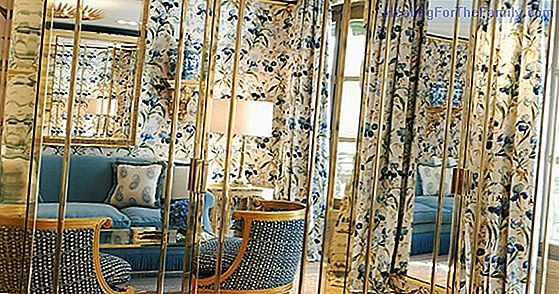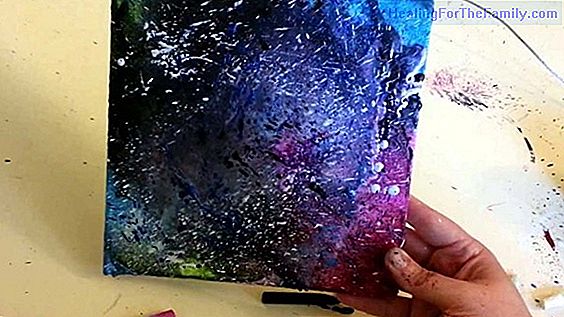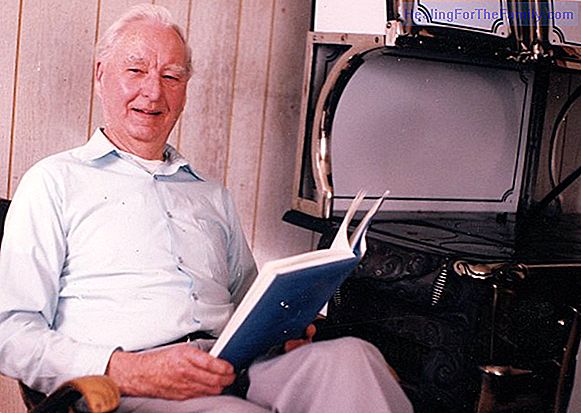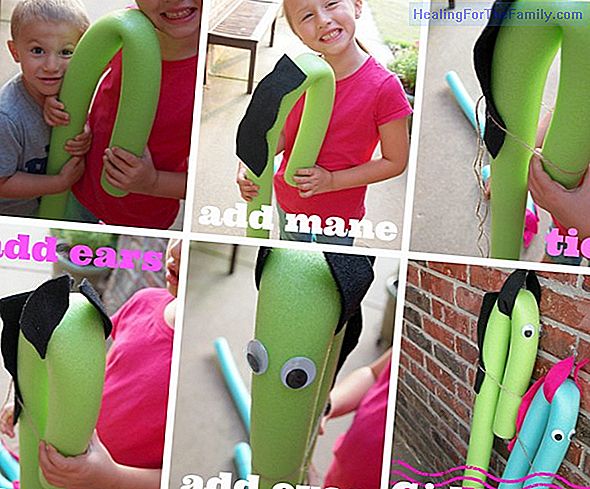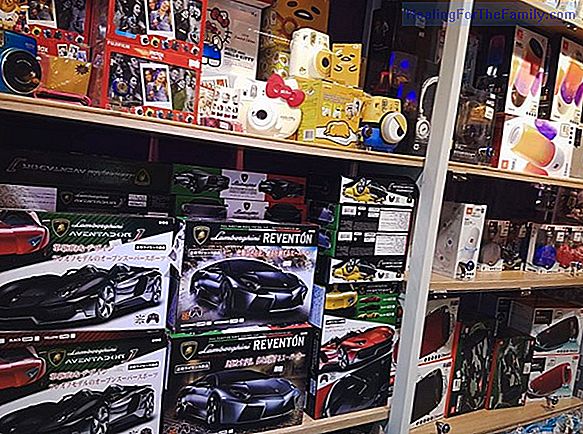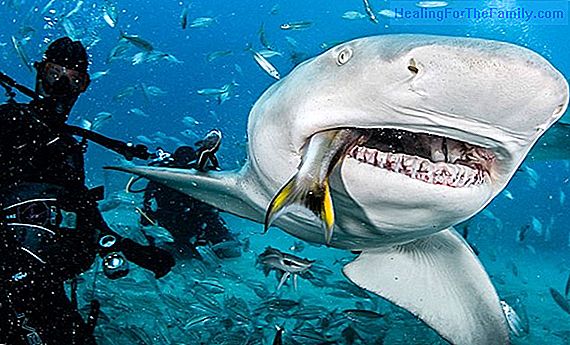Home exercises and games for hyperactive children
The teachers tell us that they are always with behaviors that break the routine of the class in certain children: they make noises constantly, they sit with great difficulty and do not concentrate on homework . Many have been categorized as "naughty and restless" students. Today we can affirm that s
The teachers tell us that they are always with behaviors that break the routine of the class in certain children: they make noises constantly, they sit with great difficulty and do not concentrate on homework . Many have been categorized as "naughty and restless" students.
Today we can affirm that some of them have been diagnosed with ADHD or hyperactivity. We offer a series of exercises and home games for hyperactive children that can be very useful.
Exercises to work on children's attention
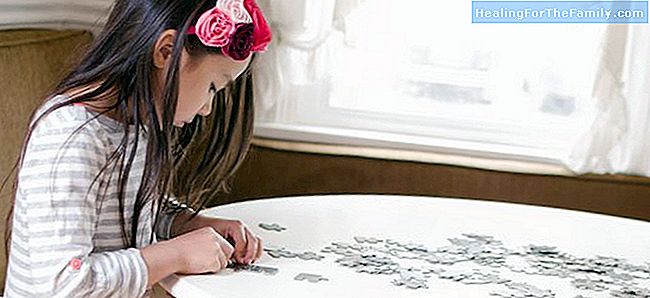
These children are impulsive,they have difficulty focusing on the essentials of each situation, they get distracted by irrelevant or secondary stimuli, they are restless, they change from one task to another in a few minutes without finishing it, they It costs to keep the shift, they talk too much, they get distracted and they lose the work material.
Parents often ask how we can contribute at home to train and enhance the attention of our children trying to reduce their impulsiveness while playing with them. This is the objective of the article that I want to share with you; describe games and exercises useful for teachers and parents, so that we can all enjoy a playful and fun;
- Complete puzzle of letters and geometric figures of increasing difficulty
- Complete sequences of tracings
- Perform stippling exercises (filling, profiling, tracing, drawing ...). Children can improve attention as well, with the classic drawings of "une los puntos".
- Locate and identify errors in simple drawings. Even, identify errors (analogies and differences) between different figures.
- Locate repeated drawings between a given series or set. It also helps them make sequential series of geometric symbols or drawings.
- A good game to promote attention in hyperactivity children is to solve mazes, letter soups and cricigrammes and to add difficulty
- Identify by visual recognition masked words.
- Select the synonyms and antonyms related to a word between a given list.
- Select the appropriate words to complete a sentence between a given list.
- Make games of colored boats: this game consists in starting the drawing in colored areas. Each area is assigned a color. Then the child is given the references: color red b-c-d and color green: a-e-i
- Children have to build logical words by choosing letters between a given set. For example: (a, o, p, m, s, c, a, t). They can do so by choosing the letters freely, giving them a specific number of letters or starting or ending with a letter or syllable. Dado - Given a set of letters or a set of words to cross out or
to surround those that are equal to a given model. It can also be done by crossing out the different words or letters. Games to practice the auditory and visual memory
-
Echo game : the guide says a word and the others must echo it as many times as previously agreed.-
Messenger game : the guide tells another player a phrase related to some activity to be performed and this must be repeated later to the whole group to carry it out.-
Game of word chains : the guide starts the chain by saying a word (eg "Juanito"), the next player must say the same word plus another word that adds meaning to the first one (eg. "Is") ... loses the player who is not able to add another word.-
"I see-I see" game .Game of the word hunter . Each player has a series of words on a card belonging to a category (plants, flowers, animals, proper names, common names ...); the guide says a word and two players at the same time have to look for who owns the mentioned word, the one who first finds it wins.Exercises to practice visual motor coordination
-
Look for detail : In this exercise we will show the child different drawings of objects, photographs and images in a short period of time. Afterwards we will ask you what details you remember and we will ask you to draw the image taking care of the layout, the color and the size, the more details you remember, the more compliments you will receive. It can also be done with characters.-
To classify : It consists of classifying different objects according to a given criterion or a common characteristic. We can expand it by increasing the number of common characteristics and using everyday materials.-
The labyrinth: This set-up for the little ones can be very fun. We can do it with wool or ropes that are entangled in the different rooms of the house until we reach the goal: "A sachet of sweets", p. ex. a bag of sweets Beware of misunderstandings because everyone will subtract a chuche from the sachet. Exercises to practice relaxation and control of impulsivity
-
The balloon . It will help us to practice diaphragmatic breathing. We breathe very slowly allowing air to enter our lungs and reach the abdomen. The latter swells like a balloon and then allows the air to escape and deflates little by little until it is empty.-
The turtle in its shell . This exercise will allow us to practice progressive muscle relaxation. We lie face down and become a turtle that decides to retreat into its shell hiding its head and its legs. Now the muscles of the neck, arms and legs are in tension. Soon the rays of the sun come to wake us up, now we are slowly poking our heads and stretching our limbs until they are relaxed. We can complete it with "the story of the Great Savage Turtle" (based on "the turtle of M.R. Schneider and A. Robin").-
A very slow race . The winner will be the last one to reach the goal performing very slow movements and controlling impulsivity.-
My own animator . Based on the technique of self-instructions, it is about commenting out loud what is being done, launching positive messages whether everything goes well or if difficulties occur.Ana Roa

Pedagogue and teacher of Early Childhood Education



